Tracing godfathers of Kenyan Hip-hop before Khaligraph's Dominance
8 July 2020
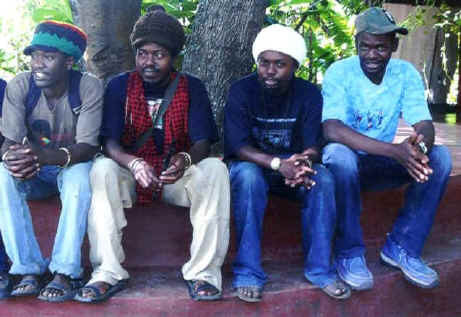
By Omondi Otieno
The Hip-hop music genre entrenched its roots in Kenya in the late 90s. There has been debate on who should be considered as the godfather of Kenyan Hip-hop, with a section of music lovers noting that media personality Jimmy Gathu and veteran musician Jimmy Gichu should be credited for pioneering the genre locally. However, according to veteran producers; Tedd Josiah, the late Bruce Odhiambo and renowned media personality Fred Obachi Machoka, Kalamashaka are the godfathers and pioneers of Hip-hop music in Kenya.
“Anyone who clearly understands local hip hop music will agree that Kalamashaka crucially paved the way for Swahili hip hop to become main stream in Kenya,” Ted Josiah said. His point of view was shared by Machokaa who said "It is high time Kenyan’s realised that despite the misguided notion that Jimmy Gichu and Gathu are the founders of local hip-hop, it is infact Kalamashaka who introduced hip hop music locally.”
Kalamashaka originated from Dandora; a ghetto setting in Nairobi. Their first jam was ‘Tafsiri Hii’ which narrated the difficult life in Dandora. ‘Tafisiri Hii’ was recorded at Audio Volt studio under producer Tedd Josiah. The song marked the beginning of an uprising in the country, with other groups and solo hip-hop artistes getting motivation to come out.
Following Kalamashaka’s lead, veteran musician Hardstone took to studio and recorded ‘Uhiki’ sampling a Kikuyu folk song. After Hardstone came K-south which used Hip-hop to address societal issues like sexuality and gangs. After sometime, Kenya was blessed with its first vernacular Hip-hop artistes thanks to GidiGidi Majimaji who sang in Luo. Their first hit was ‘Ting Badi Malo’. The Duo later released ‘Unbwoggable’ and ‘Atoti’ which became national hits with ‘Unbwoggable’ being used by former President Mwai Kibaki’s campaign team in 2002.
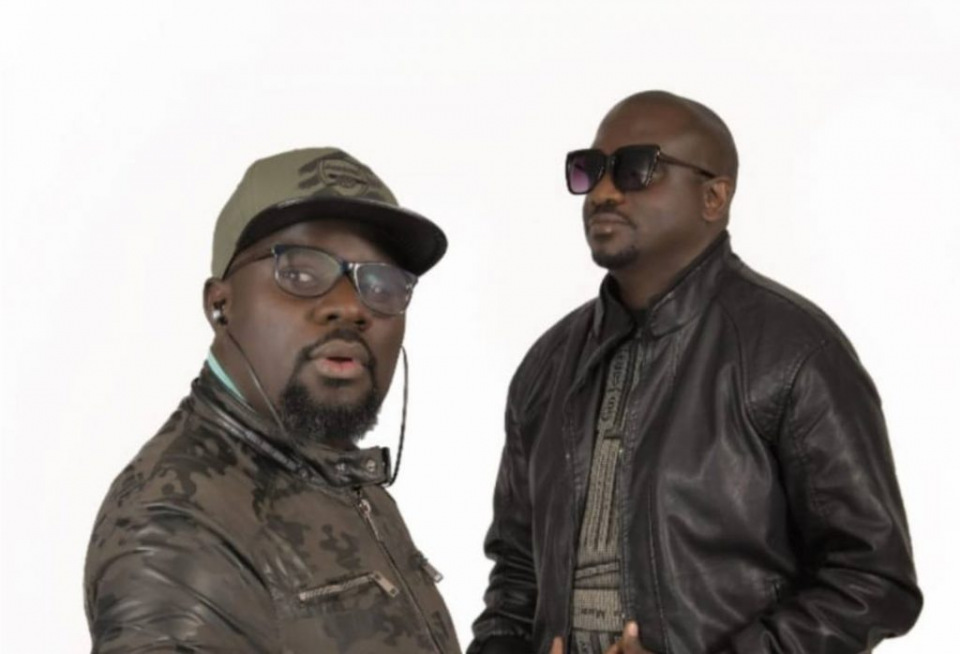
A few months later, another group dubbed Necessary Noize also emerged. The group was made up of Wyre, Nazizi and Bamzigi. They dropped hits including; Kenyan Boy/Kenyan Girl Bless my Room among others.
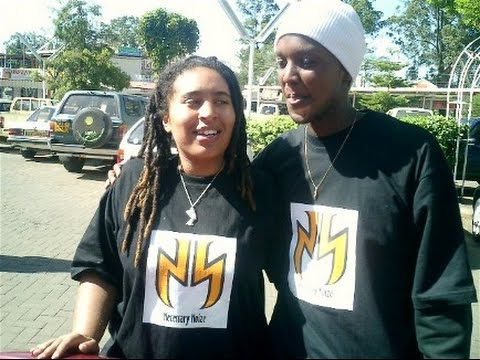
Around the year 2004, sub-genres started emerging within the Kenyan hip-hop industry, thanks to the increased number of producers who came up with different sounds. In the Eastern side of Nairobi, veteran producer Clemmo headed Calif records that had the likes of Jua Cali, Nonini, Jimwat, Pilipili among others. This group called their music ‘genge’; a genre that had slow rapping style similar to talking.
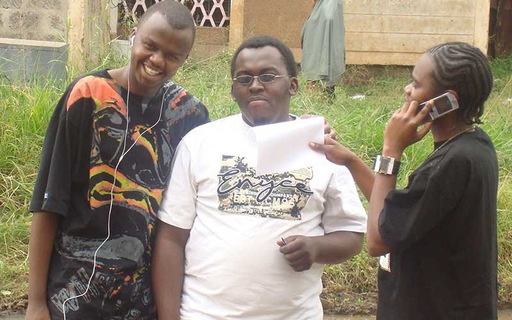
In South C area of Nairobi, another group identified as Ogopa under the leadership of Lucas came up with a new sound identified as ‘Boomba’ that fused hip-hop and dancehall.This group had the likes of; Nameless, the late E-Sir, Bigpin, Redsan, Amani, Kleptomaniax, Bebe Cool, Chameleone among others. All the above musicians and groups, mostly relied on Swahili and Sheng while composing their songs, with few using vernacular. You can read more about Kenyan HiP-hop origin here.
A couple of years later, a new wave of Hip-hop artistes emerged in the country with media houses coming up with shows to cater to massive songs that were being churned out at that particular time. This group included the likes of; Octopizzo, Juliani, Mwafrika, King Kaka, Camp Mulla, Khaligraph Jones among others.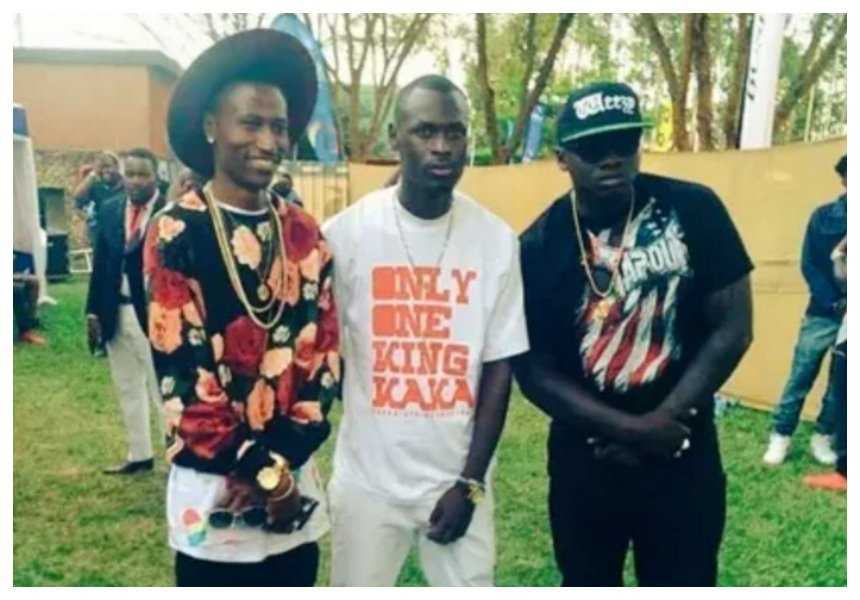
This generation also came up with different ways of expressing themselves, with some artistes preferring to pass their message through graffiti and paintings. This generation was well received by young people in the country, with various artistes being painted and drawn on various city matatus and walls.
In 2019, the country had the first Hip-hop awards dubbed UnKut Hip Hop Awards meant to celebrate and appreciate the genre and artistes that have contributed to its success. Some of the artistes awarded during the event include; Khaligraph, Wakadinali, Monski among others.





Leave your comment